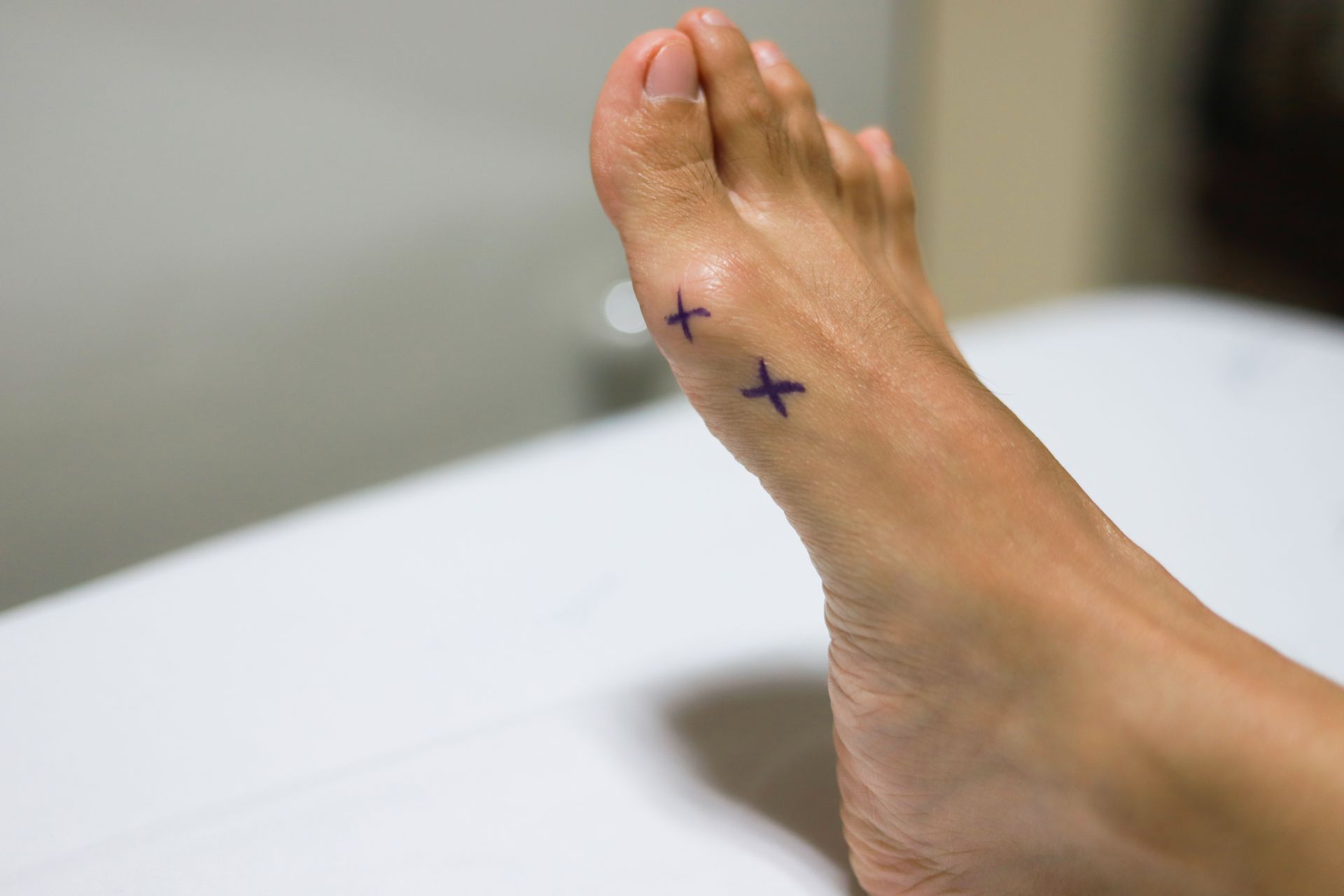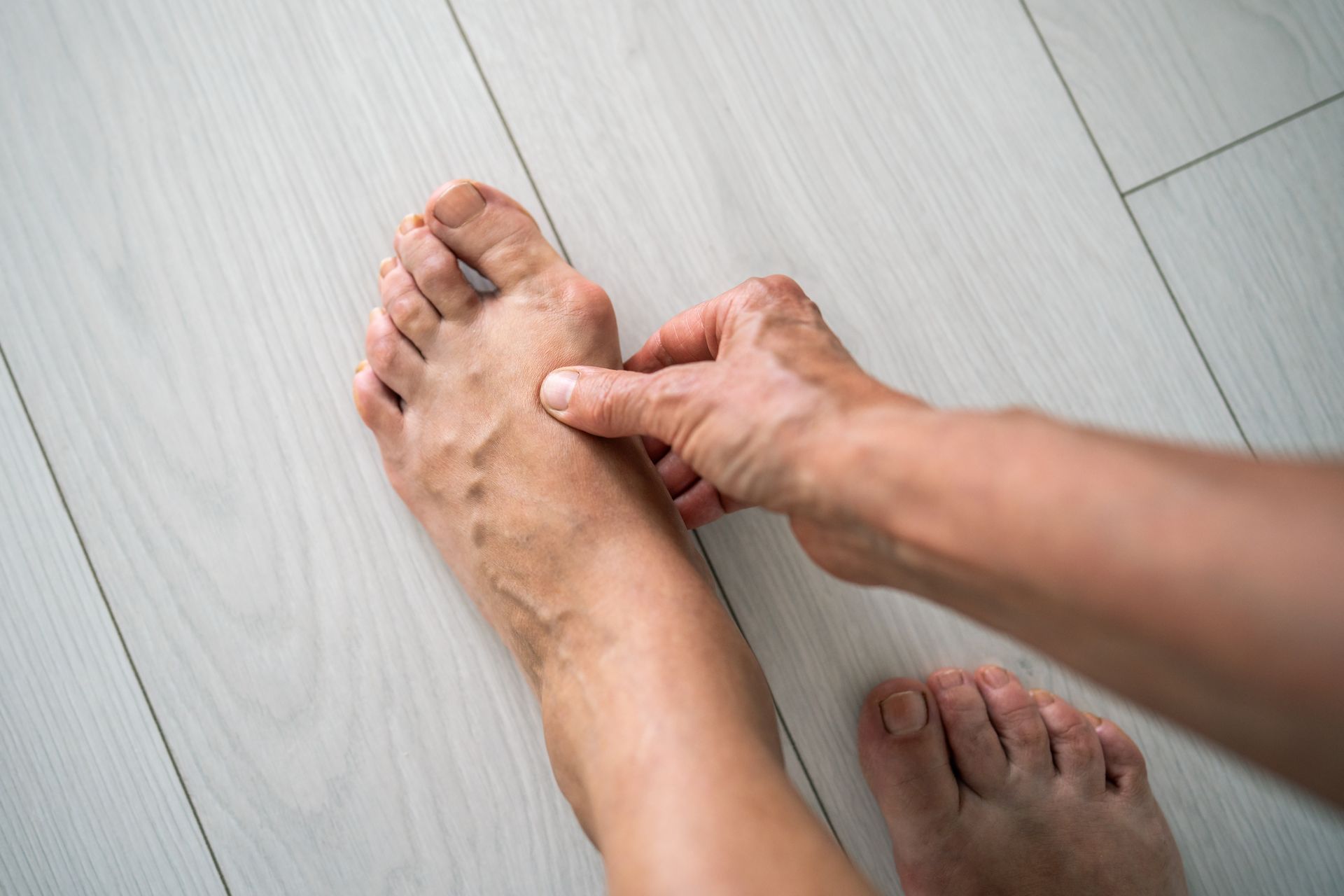Austin Bunionectomy: Advantages and Disadvantages
Surgical nomenclature can be confusing. A good example of this is the Austin bunionectomy, which is also called a Kalish bunionectomy, a Chevron procedure, or a long-arm Austin bunionectomy. Technically there are subtle variations to the original Austin procedure, but they are very similar in the indications and outcomes. Different surgeons will prefer one variation over another. Whatever you choose to call it, the Austin bunionectomy is one of the most common bunion procedures performed.
What is the Austin Bunionectomy?
The surgery is performed as an outpatient surgery, and IV sedation, or “twilight sleep,” is used for anesthesia. During the surgery, a local numbing medicine similar to Novocain is placed in the foot to help keep patients comfortable. The surgery begins with a small incision over the big toe joint. A V-shaped osteotomy (medical term for a cut in the bone) is created in the side of the bunion and the bone is shifted into a corrected position. The new position of the bone is typically maintained with one or two small screws. These screws are not usually removed and do not typically cause any problems. Nor do they set off metal detectors at the airport.
What are the advantages of the Austin Bunionectomy?
- No Cast - Typically, patients are placed in a protective shoe or boot following this surgery, instead of a cast.
- Immediate Weight-bearing - For the first week after an Austin bunionectomy, patients are instructed to be home with the foot elevated and to limit activity, but crutches, walkers and wheelchairs are not usually needed.
- Shorter Recovery - Patients undergoing an Austin bunionectomy are often able to return to tennis shoes 6 weeks following surgery. Running and walking for exercise generally takes 10 weeks, but some patients can begin an exercise bike around 6 to 8 weeks post-operative.
What are the disadvantages of the Austin Bunionectomy?
- Although it is very popular, the Austin bunionectomy cannot be used for all sized bunions. Painful bunions that are severe-sized based on weight-bearing x-rays and bunions that are more flexible or unstable may require a different surgical procedure.
- Recurrence - There are a lot of surgical procedures
available for the correction of painful bunions, and most of them have high
patient satisfaction rates. Unfortunately, complications do occur. There is
5-8% rate of recurrence with the Austin bunionectomy. This is not often, and no
bunionectomy has a zero percent recurrence rate.
When warranted, an Austin bunionectomy has many advantages over other surgical options, including less disruption to a patient’s normal routine and activity. When it is clear that a bunionectomy will likely be necessary, your bunion surgeon can discuss each of your options in greater detail and help determine which is best for your situation.


